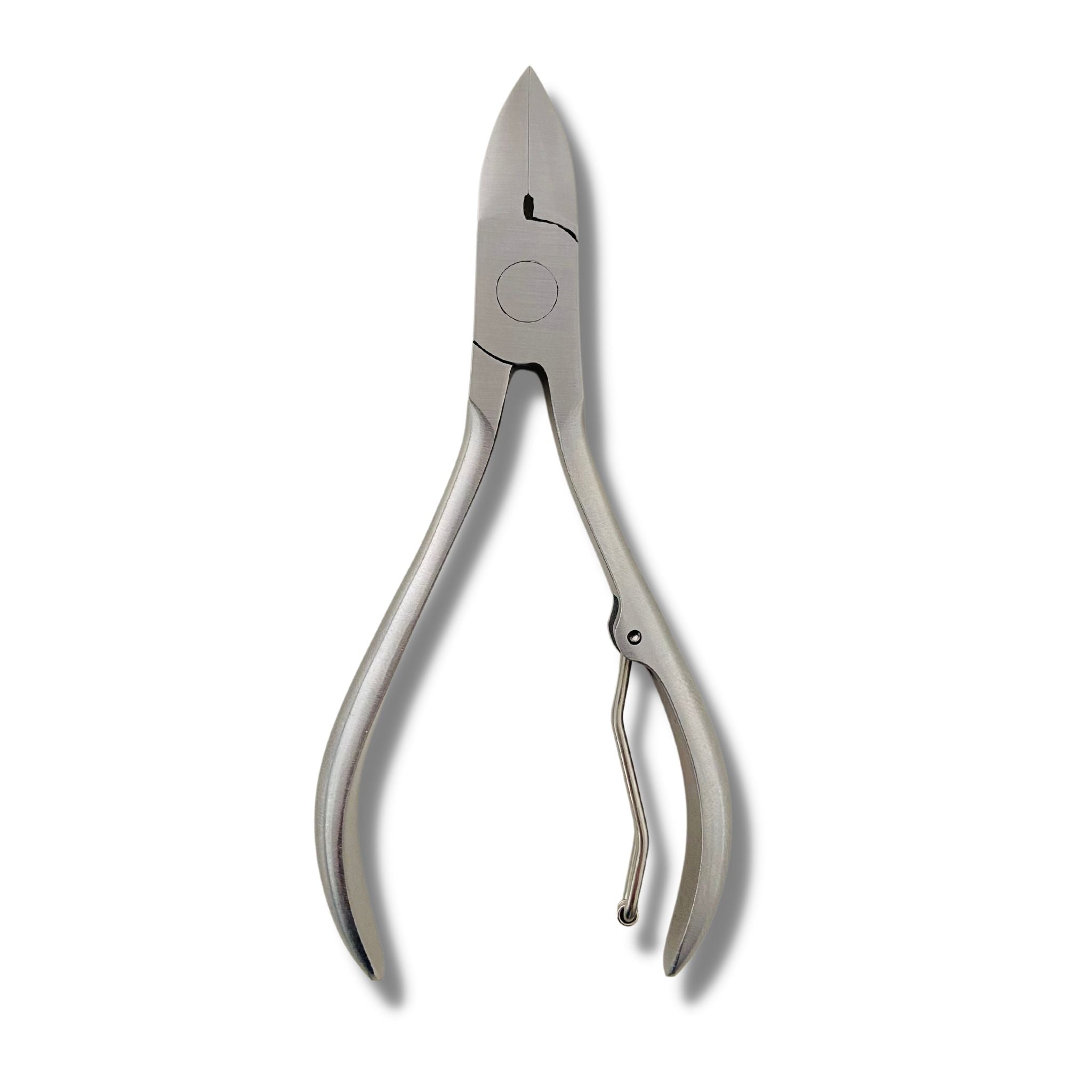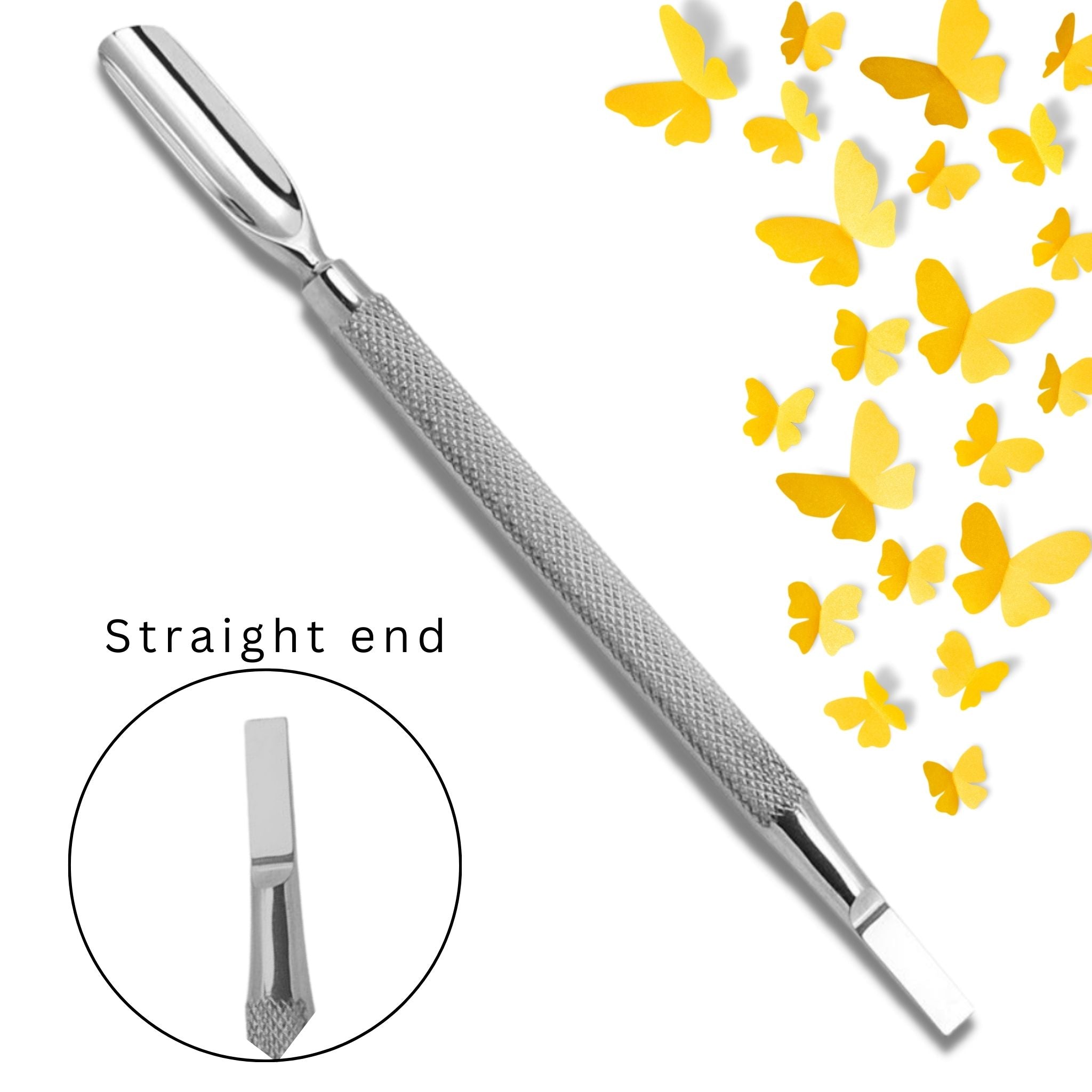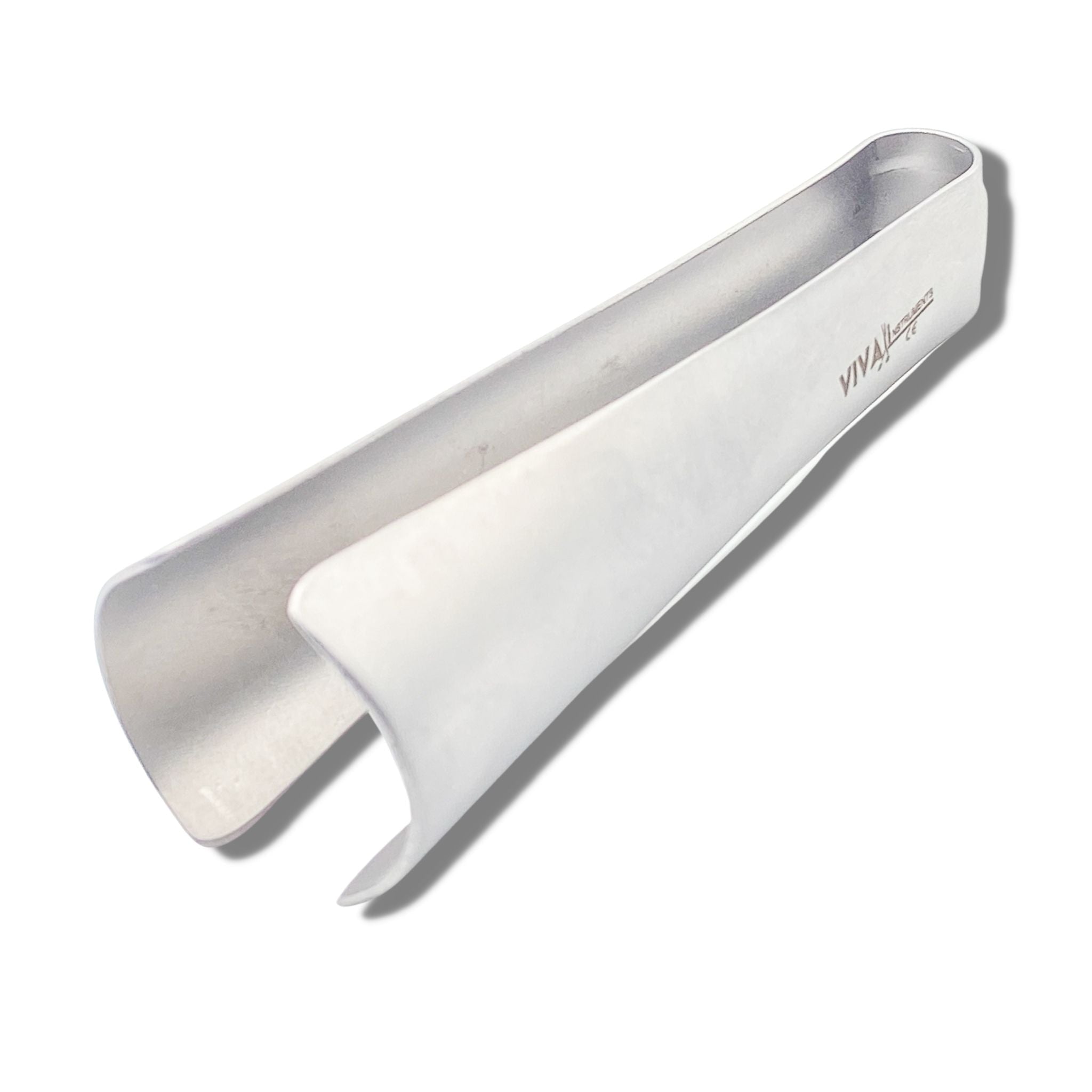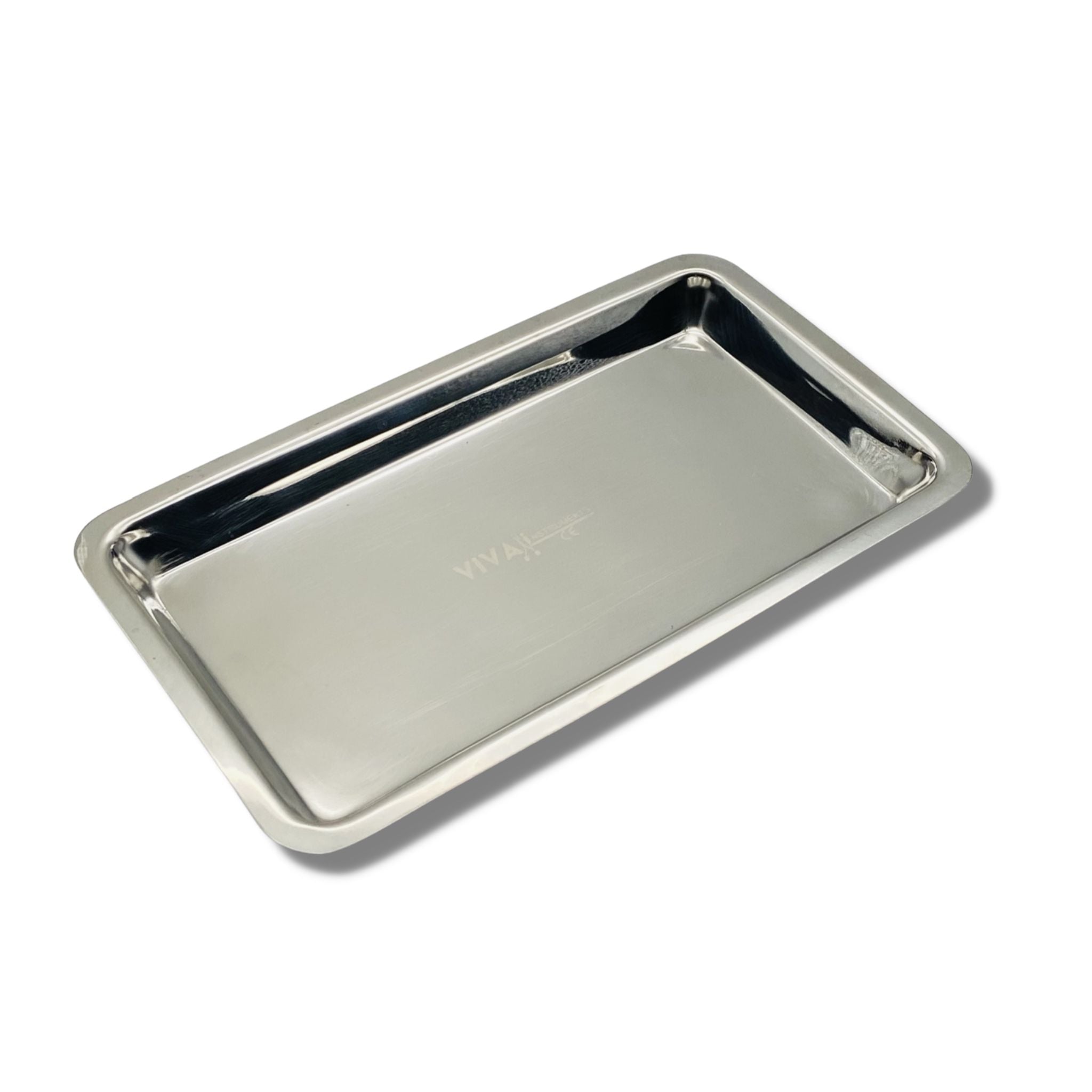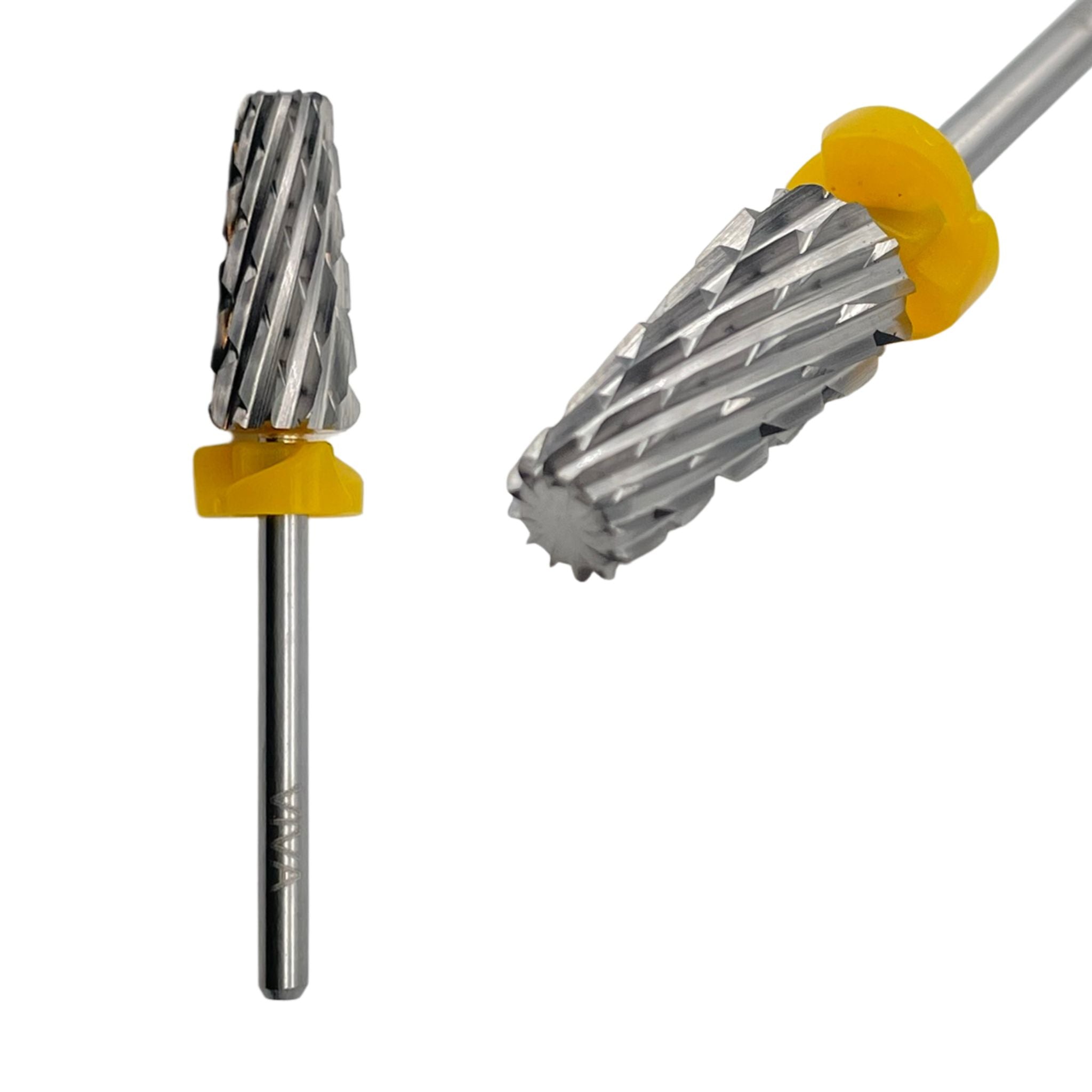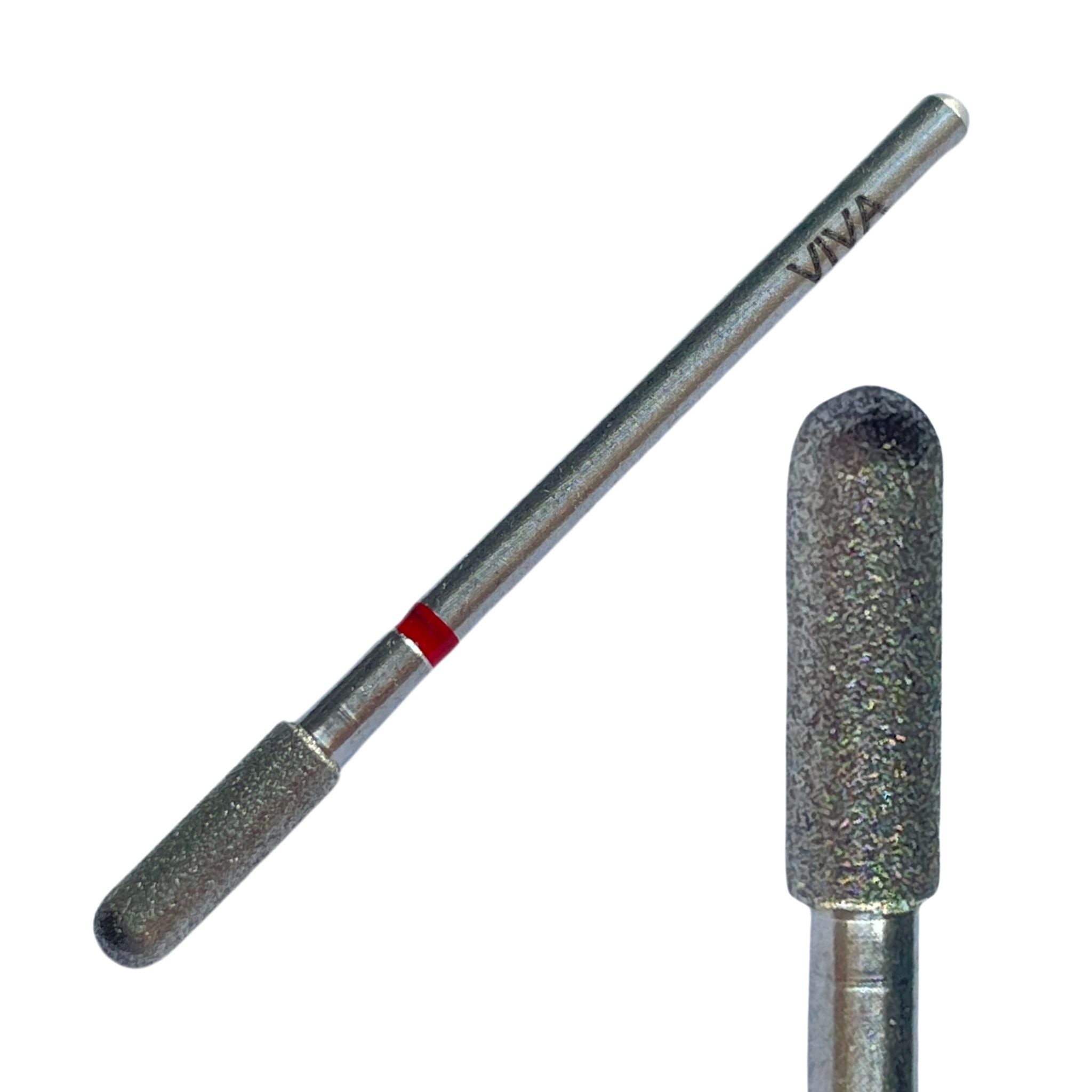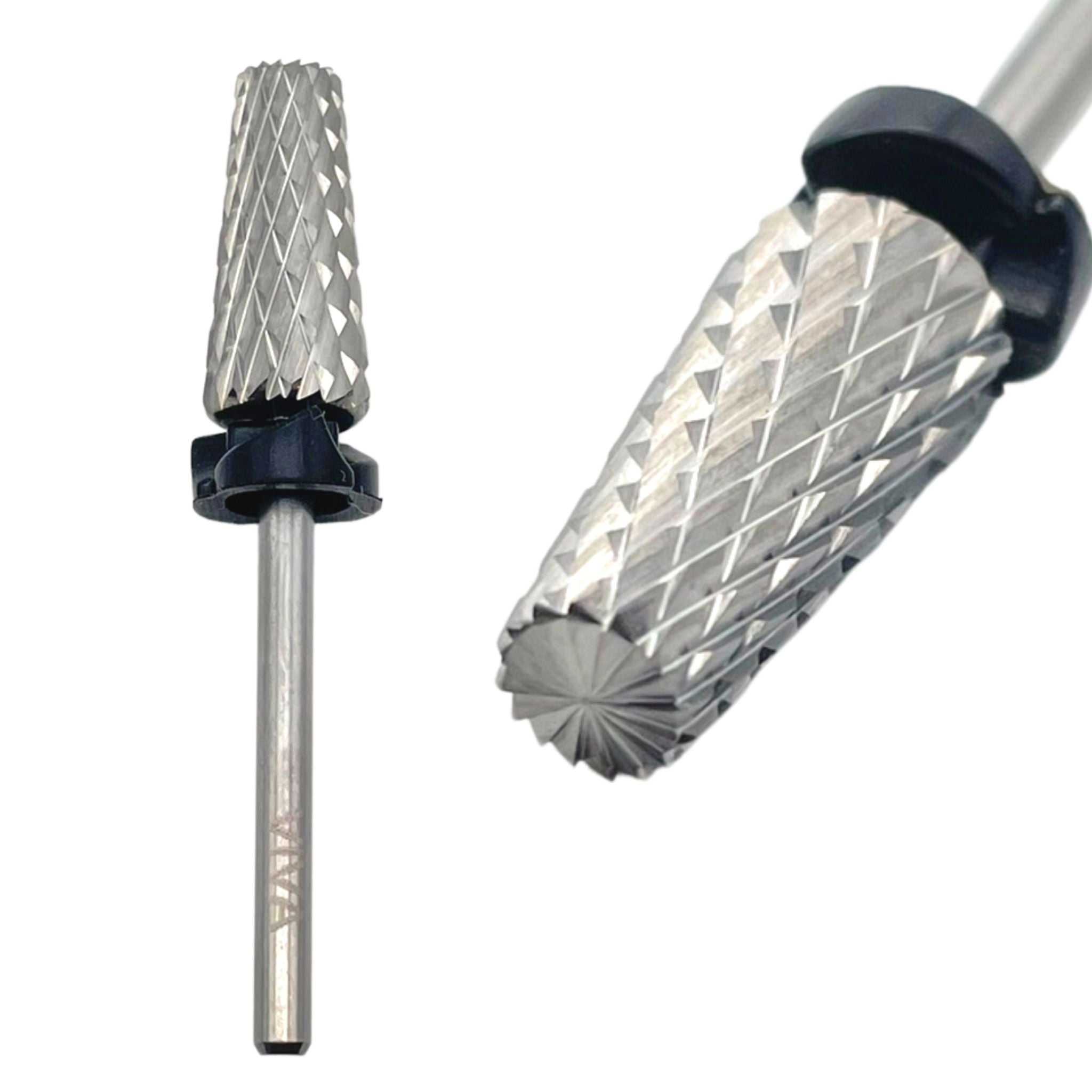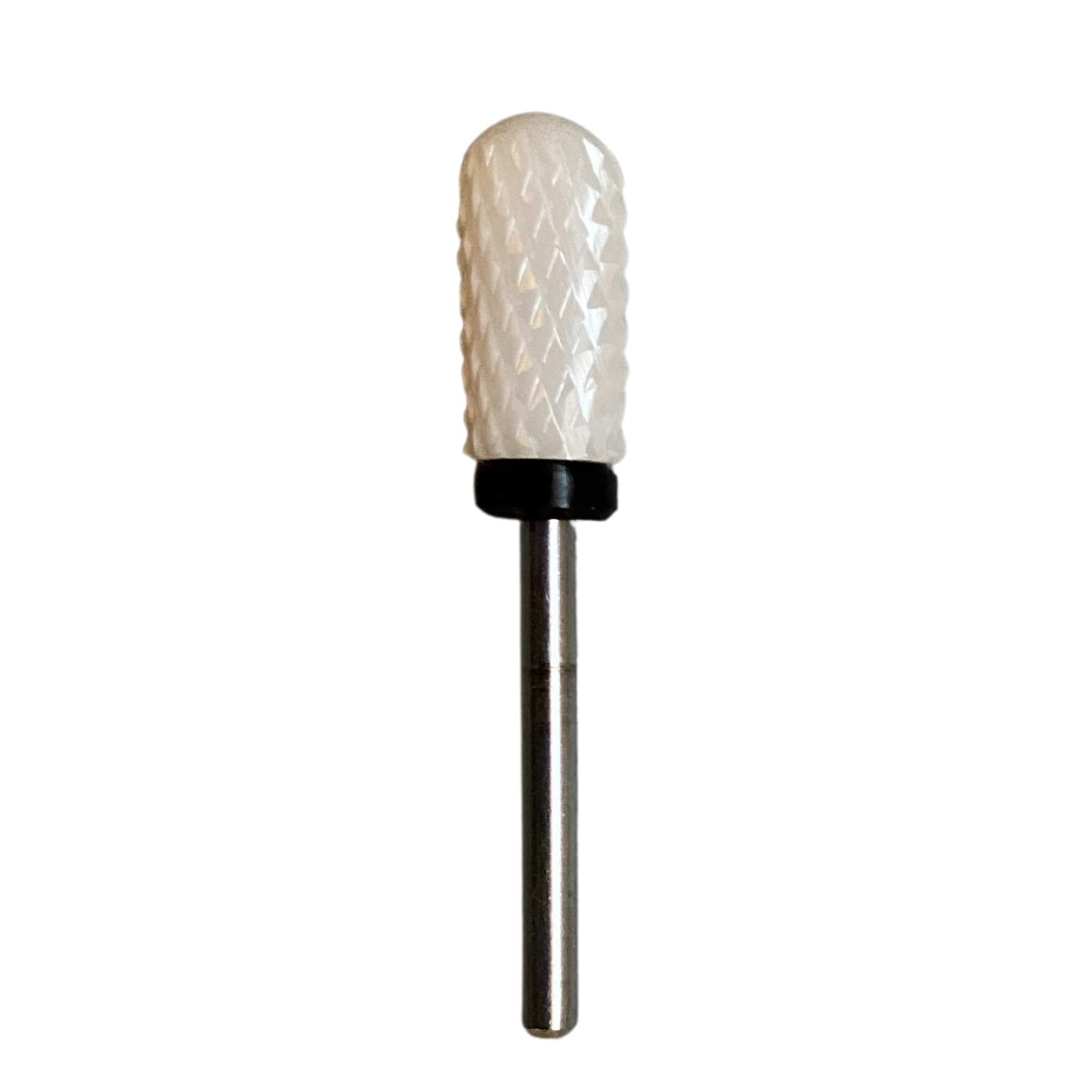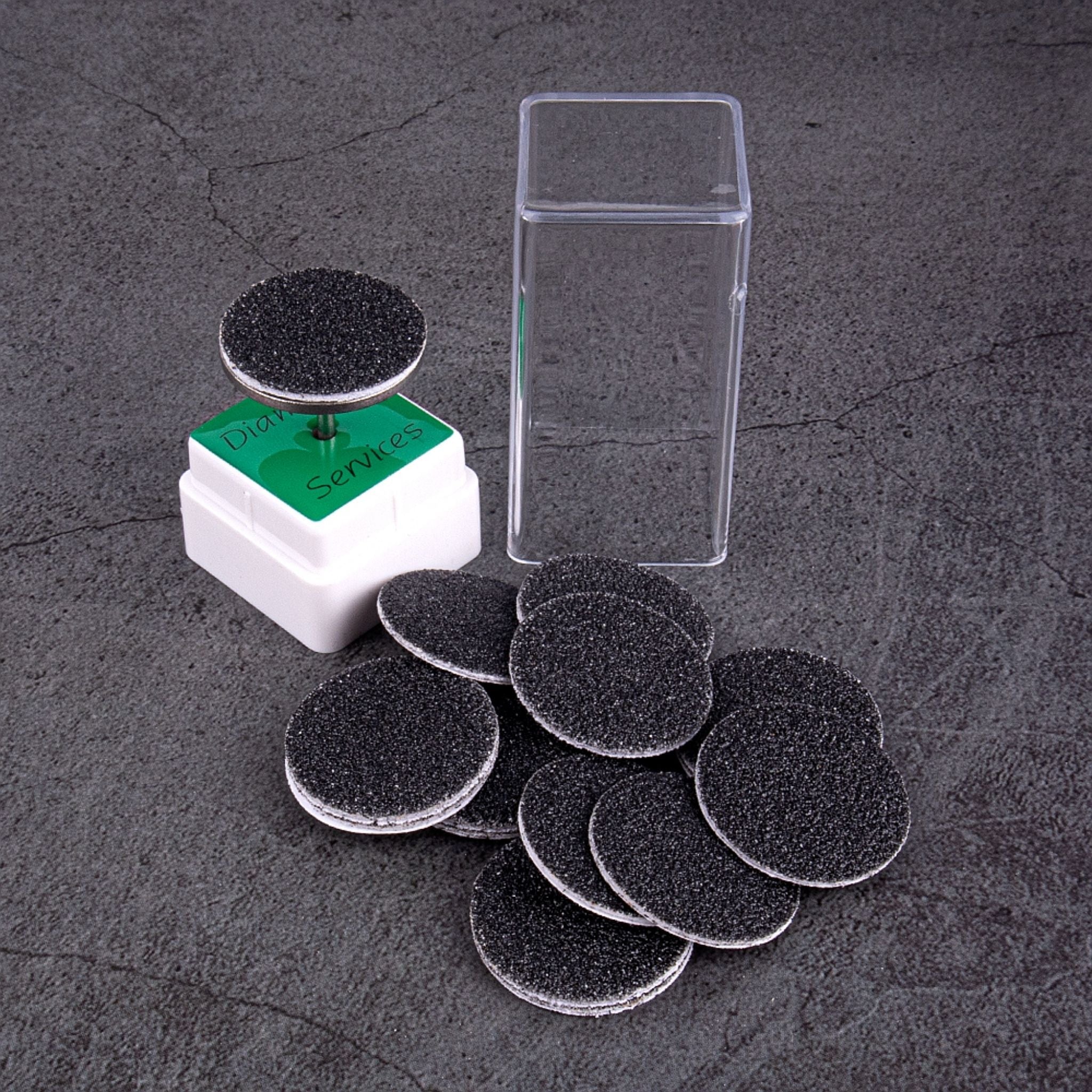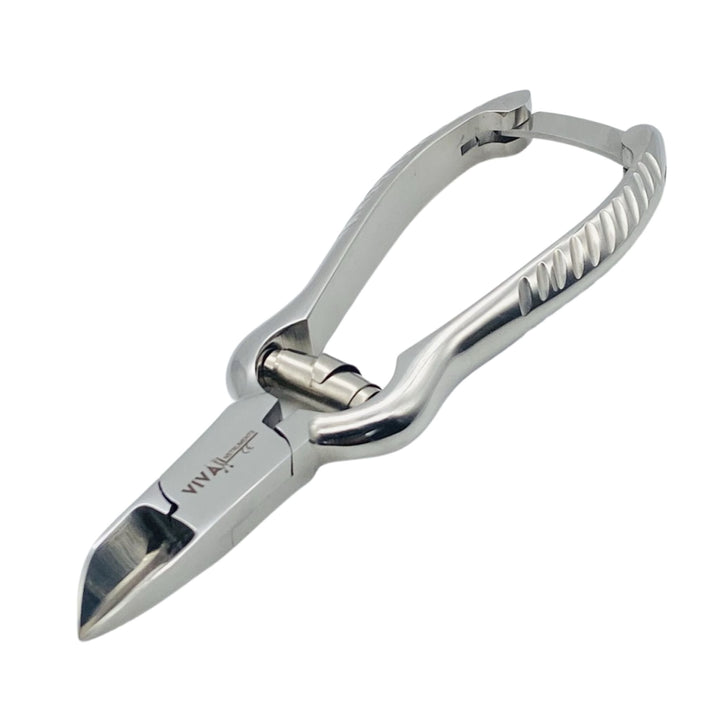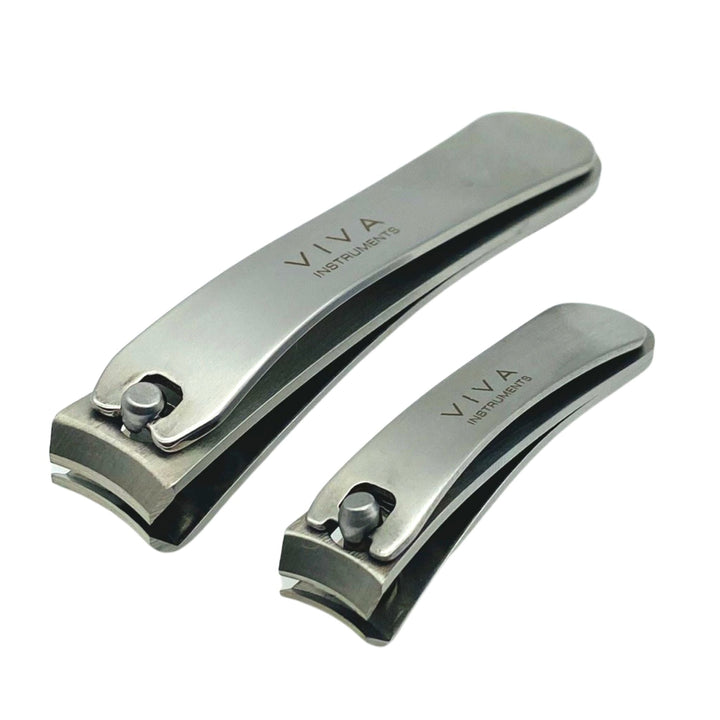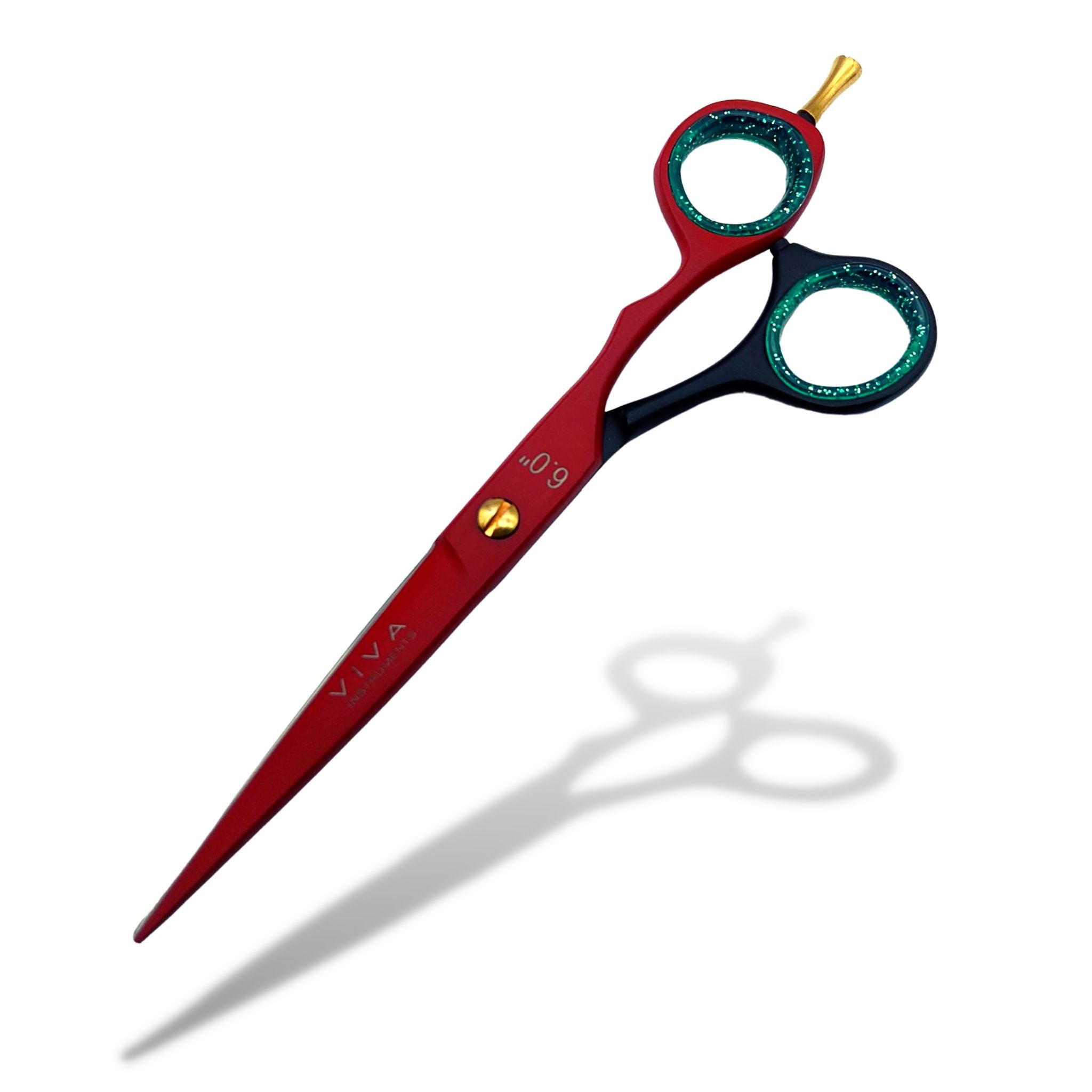-
Home
-
Podiatry Instruments
-
Nail Tools
-
Hair Scissors

Professional Scissors
Up To 50% OFF
-
New Arrivals
-
% On Sale
- Bundles Sale
-
Info

The Ultimate Guide to Toenail Clippers
The Ultimate Guide to Toenail Clippers: Types, Uses, and Best Picks
Keeping your toenails well-groomed is essential for hygiene, comfort, and overall foot health. But with so many options available, how do you choose the best toenail clippers for your needs?
In this SEO-optimized guide, we’ll explore different types of toenail clippers, their benefits, and top recommendations to help you make an informed decision.
Why Choosing the Right Toenail Clippers Matters
Using the wrong clippers can lead to:
✔ Ingrown toenails – Poor cuts can cause nails to grow into the skin.
✔ Splintering & cracking – Dull blades crush instead of cleanly cutting.
✔ Fungal infections – Unclean tools can harbor bacteria.
Investing in a high-quality toenail clipper ensures a clean, safe, and comfortable trimming experience.
Types of Toenail Clippers
1. Standard Toenail Clippers
-
Basic, curved design for general trimming.
-
Best for normal nails (not too thick or ingrown).
-
Affordable and widely available.
2. Heavy-Duty Toenail Clippers
-
Made with stronger stainless steel for thick nails.
-
Ideal for seniors, diabetics, or those with tough nails.
-
Prevents nail splitting.
3. Guillotine Toenail Clippers
-
Features a sliding blade for precise cuts.
-
Good for straight-edge trimming but requires practice.
4. Electric Nail Trimmers
-
Battery-powered for easy, smooth cutting.
-
Great for kids, elderly, or those with limited dexterity.
5. Toenail Nipper (Podiatrist-Style)
-
Sharp, scissor-like design for ingrown nails.
-
Used by professionals for precision grooming.
How to Choose the Best Toenail Clippers
Consider these factors before buying:
✅ Blade Sharpness – High-carbon stainless steel lasts longer.
✅ Ergonomic Handle – Reduces hand strain, especially for arthritis sufferers.
✅ Size & Grip – Larger clippers provide better control.
✅ Ease of Cleaning – Rust-resistant materials prevent bacteria buildup.
How to Properly Use Toenail Clippers
-
Soak nails in warm water to soften them.
-
Trim straight across (avoid rounded edges to prevent ingrown nails).
-
Disinfect clippers after each use.
-
File edges for a smooth finish.
FAQs About Toenail Clippers
Q: How often should I replace my toenail clippers?
A: Every 1-2 years, or when blades become dull.
Q: Can I use fingernail clippers for toenails?
A: Not recommended—toenail clippers are larger and stronger.
Q: What’s the best way to clean toenail clippers?
A: Use rubbing alcohol or soapy water, then dry thoroughly.
Final Thoughts
Choosing the right toenail clippers can make a huge difference in your nail care routine. Whether you need heavy-duty clippers for thick nails or an ergonomic design for comfort, investing in a quality pair ensures clean, pain-free trimming.
What’s your favorite toenail clipper brand? Share your thoughts in the comments!
- Choosing a selection results in a full page refresh.






